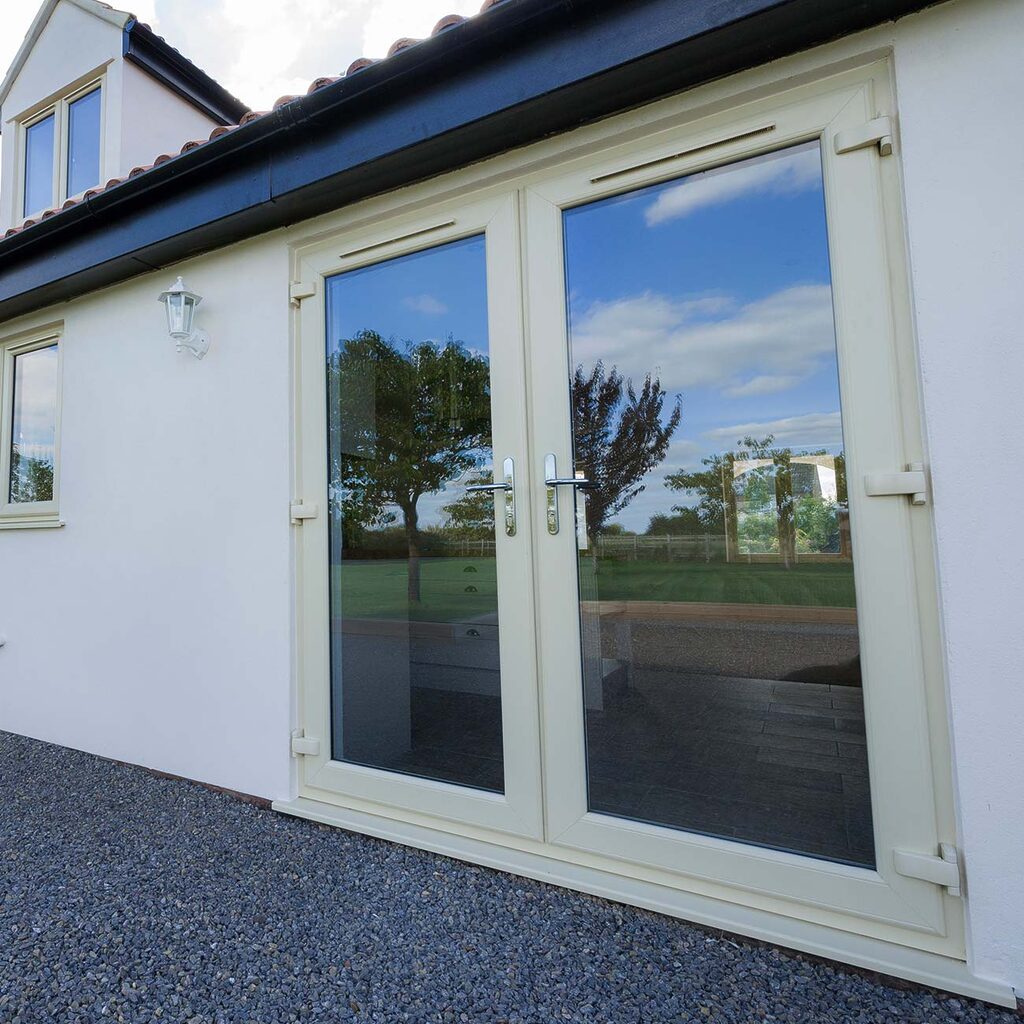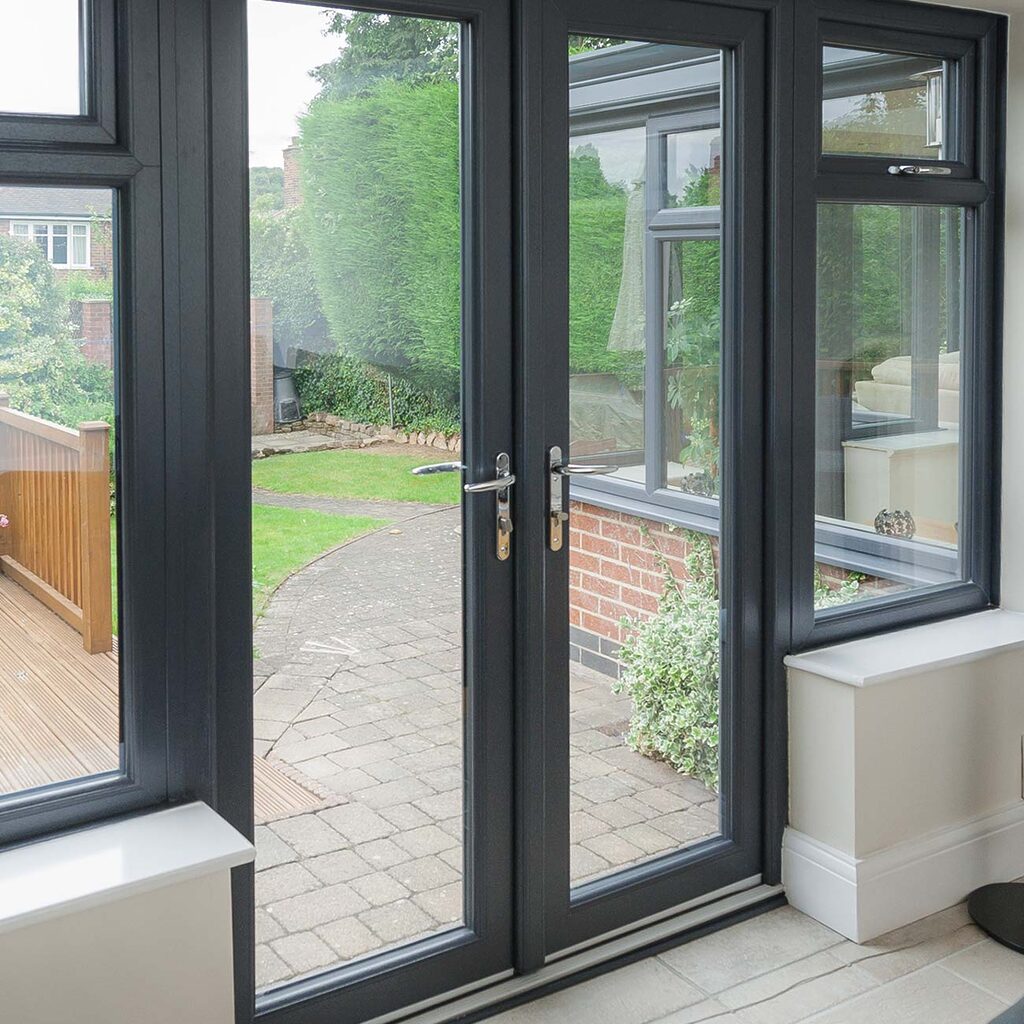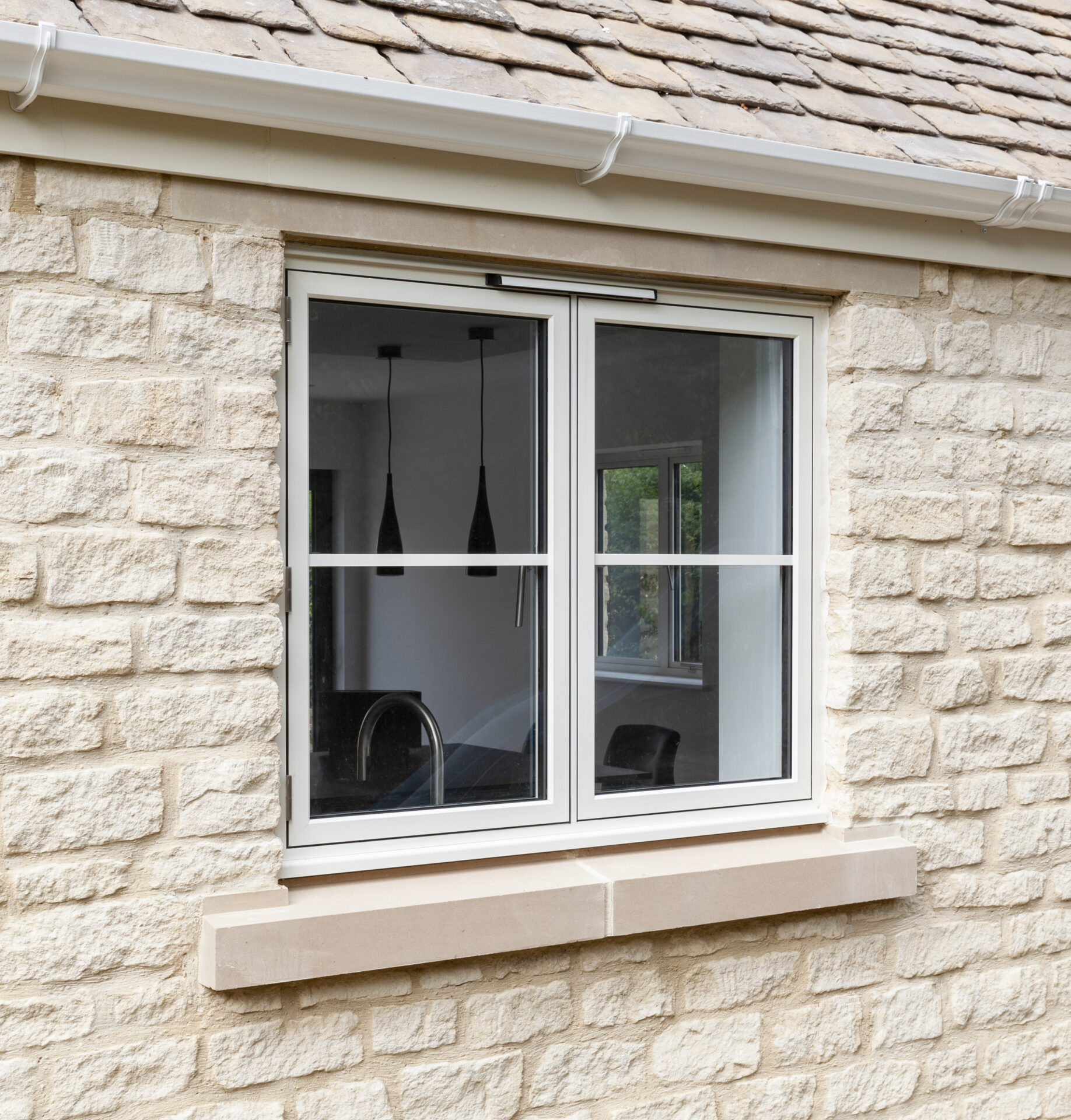Last Updated on 16 January 2025 by Tia Ellahi
A professional will have the right tool, such as a digital glazing thickness gauge, to measure double glazing unit thickness accurately.
Windows play a vital role in your home’s energy efficiency, comfort, and overall aesthetic. Whether you’re exploring an upgrade to triple glazing, replacing outdated units, or simply curious about the structure of your windows, understanding double glazed unit thickness is a great starting point.
Glazing thickness determines not just how well your windows insulate your home, but also how effective they are at soundproofing and withstanding the elements. While measuring glazing thickness might seem like a technical task, it’s often more straightforward than you’d expect—especially when you know what to look for.
In this guide, we’ll demystify the concept of glazing thickness, explain its importance, and walk you through the basics of measuring it. We’ll also explore why professionals are best equipped to handle this task and how choosing the right glazing for your home can lead to improved energy savings and comfort.
What You’ll Learn in This Article..
- The Basics of Double Glazed Unit Thickness
- Thermal Efficiency Explained
- Can You Measure Double Glazed Unit Thickness Yourself?
- FAQs
The Basics of Double Glazed Unit Thickness
Double glazing units consist of two glass panes separated by a spacer bar and filled with air or gas, such as argon, which improves insulation. Here’s a breakdown of typical thicknesses:
- Standard Thickness: For modern uPVC and aluminium windows, 28mm is the standard.
- Minimum Thickness: Older timber or aluminium systems may use units as thin as 14mm. For uPVC windows, 24mm is generally the minimum.
- Maximum Thickness: Double glazing can go up to 40mm thick, though 28mm remains the most practical and efficient for most homes.
Understanding these dimensions helps ensure your windows perform optimally in terms of energy efficiency and soundproofing.

The Role of Glazing Thickness in Thermal Efficiency
One of the most important factors when considering glazing thickness is its impact on thermal efficiency. Windows are a major source of heat loss in homes, and the right glazing thickness can make a significant difference to your energy bills and overall comfort.
How Thickness Affects Thermal Efficiency
- Double Glazing: Standard double-glazed units (typically 28mm thick) are designed to create a thermal barrier between the inside and outside of your home. The space between the two panes is often filled with inert gases like argon, which reduces heat transfer.
- Triple Glazing: With an extra pane of glass and an additional spacer, triple glazing provides even better insulation. These units can achieve lower U-values, making them ideal for homes in colder climates or those seeking to maximize energy efficiency.
U-Values and Energy Savings
The U-value measures how well a window prevents heat loss. The lower the U-value, the better the insulation. Here’s a comparison:
- Single Glazing: 5.0 W/m²K (very poor insulation)
- Standard Double Glazing: 1.6–2.8 W/m²K
- High-Performance Triple Glazing: 0.8–1.0 W/m²K
Switching from single glazing to double or triple glazing can significantly reduce energy consumption. For example:
- Double Glazing Upgrade: Save up to 20% on heating bills annually.
- Triple Glazing Upgrade: Ideal for homes aiming for Passivhaus standards or those in colder climates.

Can You Measure Double Glazed Unit Thickness Yourself?
While it may be possible to measure glazing thickness yourself, it’s often unnecessary unless you’re planning to replace your windows. Measuring accurately can be tricky without the right tools, and it’s a task best left to professionals.
Understand How to Measure Double Glazed Unit Thickness with GFD Homes
At GFD Homes, we specialise in supplying premium-quality, fully glazed doors and windows tailored to your home’s needs. While we don’t measure existing glazing thickness for customers, rest assured that all our products are built to the highest standards and designed for exceptional performance.
If you’re unsure about the glazing thickness of your current windows or have questions about upgrading to new, energy-efficient windows, our expert team is here to help. We’ll guide you through choosing the perfect replacement windows to enhance your home’s style and performance.
For any questions, feel free to contact our friendly team – We’re happy to help you make informed decisions about your glazing needs.
FAQs About How to Measure Double Glazed Unit Thickness
How can you tell the thickness of a double glazed unit?
Check the spacer bar for markings or use a glazing thickness gauge for accurate measurements.
How do you measure double glazing units?
You can measure the overall thickness of a double glazing unit while it’s still in the frame using a glazing thickness gauge.
However, to measure each individual pane of glass and the spacer accurately, the glass unit needs to be removed from the frame. Once removed, tools like calipers or a ruler can be used for precise measurements.
How do I know how thick my window glass is?
To determine the overall thickness of your window glass, you can use a glazing thickness gauge while the unit is still in the frame.
However, measuring each pane of glass separately requires removing the unit from the frame. After removal, you can use calipers or a ruler to measure the thickness of each pane and combine these measurements with the spacer width for the total thickness.
Is 4mm glass double glazed?
Yes, many double-glazed units use 4mm glass panes. However, the total unit thickness includes the spacer and may vary.
